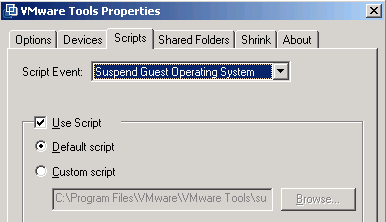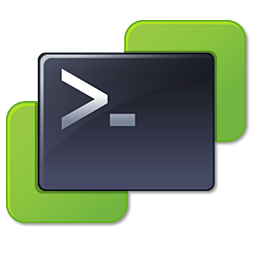In the new PowerCLI 4.1 build 264274 there are two new cmdlets, called New-VIProperty and Remove-VIProperty, that deserve your special attention.
The New-VIProperty cmdlet allows you to add a new properties to any PowerCLI object (InventoryItem, HostSystem, VirtualMachine…). And it’s up to you to define what the value of this new property will !
The Remove-VIProperty cmdlet allows you to remove such a new property.
These new cmdlets, combined with the new Extension property, will change several of the well established ways that you use in your PowerCLI scripts. And besides adding a lot of flexibility, the extension property will make your scripts considerably faster (if used wisely).
Continue reading PowerCLI 4.1 brings the New-VIProperty cmdlet





